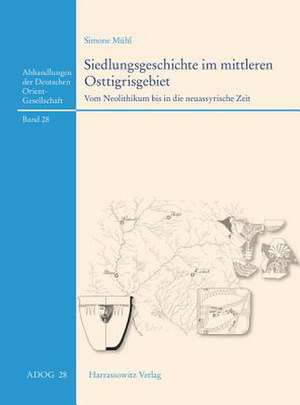Siedlungsgeschichte Im Mittleren Osttigrisgebiet: Abhandlungen Der Deutschen Orient-Gesellschaft, cartea 28
de Limba Germană Hardback
Preț: 678.03 lei
Preț vechi: 880.55 lei
-23% Nou
Puncte Express: 1017
Preț estimativ în valută:
129.74€ • 135.74$ • 107.78£
129.74€ • 135.74$ • 107.78£
Indisponibil temporar
Doresc să fiu notificat când acest titlu va fi disponibil:
Se trimite...
Preluare comenzi: 021 569.72.76
Specificații
ISBN-13: 9783447069052
ISBN-10: 3447069058
Pagini: 424
Editura: Harrassowitz
Seria Abhandlungen Der Deutschen Orient-Gesellschaft
ISBN-10: 3447069058
Pagini: 424
Editura: Harrassowitz
Seria Abhandlungen Der Deutschen Orient-Gesellschaft


